The Xiaomi Mi CC9 Pro Premium Edition is Xiaomi’s newest high-end smartphone, featuring a 6.47-inch FHD+ AMOLED display, a very large 5260mAh battery and a 2.2GHz octa-core Qualcomm Snapdragon 730G chipset. In the imaging department, it offers a penta-camera setup that should cover a very wide range of photographic applications. The primary wide-angle camera uses a 108MP Quad-Bayer sensor that produces 27MP image output. It is accompanied by a 20MP ultra-wide camera, and not one but two tele-lenses for optimized performance. The short telephoto provides a 2x zoom factor (50mm equivalent), and the long telephoto multiplies the primary camera’s equivalent focal length by approximately 3.5 (94mm-equivalent). There’s also a dedicated macro camera that our DXOMARK Camera test protocol does not cover. Overall the Premium Edition’s camera specification is very similar to the standard mi CC9 Pro but some components differ between the two models.
Key camera specifications:
- Penta-camera setup
- Primary: 108MP sensor 1/1.33-inch sensor with 25mm-equivalent, f/1.69-aperture lens, OIS (27MP output resolution)
- Short telephoto: 12.19MP 1/2.6-inch sensor with 50mm-equivalent, f/2-aperture lens
- Long telephoto: 7.99MP 1/4.4-inch sensor with 94mm-equivalent, f/2-aperture lens, OIS
- Ultra-wide: 20.11MP 1/2.8-inch sensor with 16mm-equivalent, f/2.2-aperture lens
- Macro: f/2.4 lens designed for close focus from 2 to 10cm (not tested)
- Dual flashes, one with hard light and one with soft light
About DXOMARK Camera tests: For scoring and analysis in our smartphone camera reviews, DXOMARK engineers capture and evaluate over 1600 test images and more than 2 hours of video both in controlled lab environments and in natural indoor and outdoor scenes. This article is designed to highlight the most important results of our testing. For more information about the DXOMARK Camera test protocol, click here.
Test summary


With an overall score of 121, the Xiaomi Mi CC9 Pro Premium Edition has tied with the Huawei Mate 30 Pro for the highest overall Camera score of any phone we have tested so far. Its Photo score is two points lower than the Mate 30 Pro’s (130 versus 132), although it is still one of our highest Photo scores ever. Its Video score of 102 is the highest we’ve seen—edging out both the Google Pixel 4 and the Samsung Note 10+ 5G by a point.
The Xiaomi device delivers excellent results in just about every type of photographic situation. Outdoors, it has accurate exposures along with excellent detail preservation, and it manages noise well; however, there can be a pinkish color cast, and highlights are sometimes clipped. Other than that, white balance is generally accurate across the board, and the smartphone camera renders bokeh in a pleasing way. Indoor shots display a little more noise, but are still high quality.
Wide-angle shots taken with the ultra-wide-lens camera have low distortion and good detail preservation compared to similar phones, and night shots feature very natural skin tones, thanks in part to its second, softer, flash. While the phone’s multiple cameras help make it a top performer, it does have a few weaknesses—for example, highlight clipping occurs in very high-dynamic-range scenes, and images lose sharpness towards their edges.
Thanks to Its dual telephoto lens-equipped cameras, the Mi CC9 Pro Premium Edition does exceptionally well in our zoom tests: having native 2x and ~4x optical zooms power it to a record Zoom sub-score of 109. The multi-camera setup also helps the Xiaomi phone do a good job with depth estimation, which results in a very good bokeh effect, with particularly pleasing blur gradients and well-rendered spotlights.
While the Mi CC9 Pro Premium Edition still performs very well in low-light conditions, with excellent detail, noise is somewhat more visible than when shooting outdoors. Overall flash performance is solid, with accurate exposures and a good tradeoff between detail preservation and noise reduction. Some color casts are visible in cityscape scenes, and there is also some slight ghosting when using Night mode to shoot moving subjects.
When it comes to video, the Mi CC9 Pro Premium Edition is equally impressive, achieving the highest Video score of any phone we have tested to date—102 points. Video recordings feature vivid and pleasantly-rendered colors, along with fast and accurate autofocus, in all of our tested conditions. Exposures are also very good, with well-preserved details and well-managed noise. As with its still-image capture, dynamic range is sometimes limited in high-dynamic-range scenes, and there can be some color fringing. Moving scenes can also suffer from some residual high-frequency movement and unnatural texture rendering.
Photo scores explained
The Mi CC9 Pro Premium Edition achieves a Photo score of 130 points, only two points behind our highest scorer to date, the Huawei Mate 30 Pro. The Photo score is calculated from sub-scores in tests that examine different aspects of a device’s performance for still images under different lighting conditions. In this section, we take a closer look at how these sub-scores were determined and compare image quality against some key competitors.

Exposure and Contrast
Xiaomi Mi CC9 Pro Premium Edition
94
Exposures are very accurate in bright light, although highlights are sometimes clipped in high-dynamic-range scenes. There is also some instability from frame to frame in the way the Mi CC9 Pro Premium Edition renders HDR scenes. Dynamic range is more limited in backlit scenes; and brightly-lit areas are also clipped, as you can see in the following example, especially when compared to the Mate 30 Pro and the Galaxy Note 10+ 5G:
This chart illustrates how even the Mi CC9 Pro Premium Edition’s exposures are across all light levels:

Color
Xiaomi Mi CC9 Pro Premium Edition
88
Overall color rendering is pleasant and consistent, and the phone is one of the top performers in this category. You can see in this indoor scene how well the Xiaomi device compares to the Samsung Galaxy Note 10+ 5G, which has our highest-ever Color sub-score of 89.
However, colors in outdoor scenes can be undersaturated in some cases, especially when compared to output from Samsung devices, such as the Note 10+ 5G.
While white balance is generally accurate, we noticed a visible pink color cast in in some outdoor scenes:

Autofocus
Xiaomi Mi CC9 Pro Premium Edition
99
The Mi CC9 Pro Premium Edition does an impressive job of autofocusing. It is fast, accurate, and repeatable even indoors and in low light. Its Autofocus sub-score of 99 is only one point behind our highest-ever scorer, the Huawei Mate 30 Pro. We did find some cases in which the camera didn’t correctly focus on the faces in the scene, however, which subtracted slightly from its score.

Texture
Xiaomi Mi CC9 Pro Premium Edition
84

Noise
Xiaomi Mi CC9 Pro Premium Edition
80
The Mi CC9 Pro Premium Edition does an excellent job of rendering fine detail in both outdoor and indoor conditions, achieving our all-time high Texture sub-score of 84. You can see how well it performs in this comparison with the Huawei Mate 30 Pro and the Samsung Galaxy Note 10+ 5G.
Noise is also well controlled, making the phone one of top scorers in that category as well. However, a slight amount of luminance noise can be visible in certain situations, such as in patches of blue sky. This said, the Mi CC9 Pro Premium Edition does an impressive job overall of controlling noise levels from our lowest light tests at 1 lux all the way to outdoor scenes at 1000 Lux.
The Mi CC9 Pro Premium Edition also does a remarkably good job of rendering skin texture in portraits, as you can see in this outdoor portrait. However, this image also illustrates the phone’s issues with highlight clipping.
Images from the Mi CC9 Pro Premium Edition showed more artifacts than our other top-scoring phones, which is likely due to using a large, ultra-high-resolution sensor. In particular, along with some geometric distortion, there is a noticeable falloff in sharpness towards the edges of images, as you can see in the following example:
Skies sometimes suffered from a cyan shift when the color was near saturation. Lens flare was also an issue in some conditions, and some fringing was visible. Ghosting can be an issue in high-dynamic-range scenes; vignetting is very minor, but there are slight chromatic aberrations. The combination of these issues gives the Xiaomi device a decent, but not great, Artifacts sub-score of 69.

Night
Xiaomi Mi CC9 Pro Premium Edition
56
Shots taken using only flash have accurate exposure, although white balance can be slightly pink. There is also a little color shading. Shots where flash is balanced with ambient light also display accurate exposure, and white balance is more neutral. As with pure flash shots, however, there is still some noticeable color shading, and portraits can have red-eye artifacts. White balance and exposure can vary among repeated shots. Noise is well controlled in shots with flash-only and with flash plus ambient light, although at the expense of a slight loss of detail.
The Mi CC9 Pro Premium Edition is an excellent performer when shooting outdoors at night. In our cityscape test scene, the camera correctly did not fire its flash when set to Auto, while calculating an accurate exposure and doing a good job of preserving bright highlights. However, there is a slight hue shift in areas near saturation; further, in our scenes with smaller, point-like light sources, exposure sometimes wound up too high, and there was visible clipping in the highlights. In twilight city scenes, exposure was similarly accurate, but there was a bit of a pink cast, similar to what we found in outdoor scenes. The edges of objects were also a little noisy.
The camera correctly triggered the flash when shooting portraits at night with flash set to Auto, but target exposures were a bit low, and red-eye was sometimes visible. With the flash turned off, exposure was too low and background highlights were still lost. This said, one major strength of the Mi CC9 Pro Premium Edition when shooting portraits at night is a very natural rendering of skin tones, thanks to the dedicated soft flash, as you can see here.
When Night mode is turned on, exposure is low, but closer to correct, and highlights in the background are well preserved. However, ghosting is sometimes present when shooting moving scenes with Night mode turned on.

Zoom
Xiaomi Mi CC9 Pro Premium Edition
109
Many regard effective telephoto zoom capability as one of the last big hurdles for smartphone cameras to overcome. The Xiaomi Mi CC9 Pro Premium Edition comes closer than any other phone we have tested, setting a new high Zoom sub-score of 109, thanks to its two different focal length telephoto cameras, as well as an imaging pipeline that uses them to provide high-quality telephoto images across our entire range of tested focal lengths.
The cameras start by offering true optical zoom at 2x and roughly 4x a standard smartphone focal length. While other phones we’ve tested also have similar telephoto cameras, the Xiaomi does a particularly good job of producing quality telephoto images at both its native focal lengths, and at other tested lengths in between. Further, Xiaomi says that the multiple cameras work together to provide a hybrid zoom capability up to 10x. Fine details are well preserved in our medium-range and even in our long-range zoom tests.
However, some artifacts are visible in zoomed images—in particular, ringing is slightly visible in medium-range photos, and more pronounced in longer-range pictures. In this example, you can see both the excellent overall preservation of detail and the slight ringing effect visible in such areas as the edges of the clock hands.

Bokeh
Xiaomi Mi CC9 Pro Premium Edition
70
The Mi CC9 Pro Premium Edition’s multiple cameras help it achieve excellent rendering of background blur and a pleasing bokeh effect when shooting portraits. The result is an impressive Bokeh sub-score of 70. You can see the high quality of depth estimation from the relative lack of artifacts in this outdoor portrait, putting it at nearly the same level as the Samsung Galaxy Note 10+ 5G, which has the top Bokeh score of any device we’ve tested.
There are some weaknesses, though—for example, noise levels in the blurred background often don’t match those in the subject. Also, while depth estimation is generally good, there are sometimes mistakes that result in visible rendering artifacts, as shown in some of our lab shots.

Wide
Xiaomi Mi CC9 Pro Premium Edition
39
Featuring a dedicated ultra-wide-angle camera, the Xiaomi Mi CC9 Pro Premium Edition performed well in our wide-angle tests. Exposures are good outdoors, although highlights are sometimes clipped. However, there is some color fringing in most conditions, although less than with the Galaxy Note 10+ 5G. White balance is accurate even indoors, and colors are nicely rendered, although they can appear a bit smeared when shooting in low light. Detail is well preserved, and noise is well controlled. The Xiaomi device also does an excellent job of controlling geometric distortion for an ultra-wide camera. Its wide-angle camera has a 117-degree field of view, making it wider than that of the Mate 30 Pro, but not quite as wide as the Galaxy Note 10+ 5G’s:
One very odd quirk we found with the ultra-wide camera was that it sometimes captured images at a very low 960 x 720 resolution, instead of at the normal 5184 x 3880 resolution. This happened only infrequently, and didn’t occur in any of our test shots.
Video scores explained
With an overall Video score of 102, the Mi CC9 Pro Premium Edition is the top scorer for video recording of any phone we have tested to date, edging out the Google Pixel 4 and the Samsung Galaxy Note 10+ 5G. The overall Video score is derived from performance and results across a range of attributes in the same way as the Photo score; in this case Exposure (87), Color (91), Autofocus (98), Texture (74), Noise (83), Artifacts (82), and Stabilization (94).
Video exposures are impressively accurate, even in low-light conditions, with generally smooth adaptation of the exposure to changing light conditions. We did find that exposure change steps can be visible sometimes, though.
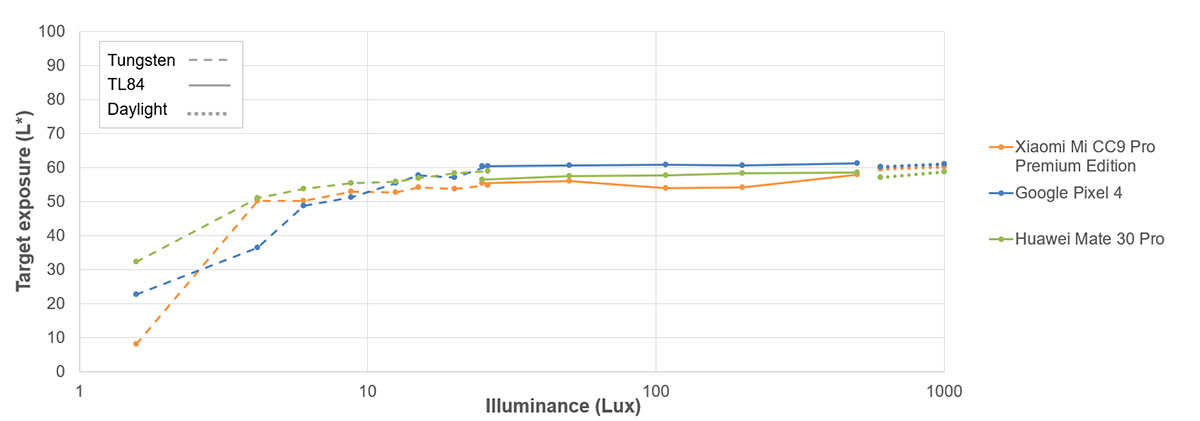
Dynamic range is also very good, but not the best we’ve seen. White balance is generally good, and it typically renders colors pleasingly, although there can be a slight color cast when shooting indoors. Autofocus is fast to react, good at tracking moving subjects, and smooth when converging onto a subject—all contributing to the phone’s excellent video Autofocus sub-score of 98.
Color rendering is also very good, giving the phone one of our highest video Color sub-scores of 91, only a point behind our top scorer in this category, the Google Pixel 4 at 92, and slightly ahead of the Mate 30 Pro and Galaxy Note 10+ 5G.
The Mi CC9 Pro Premium Edition is one of a growing number of phones that captures video in 4K resolution by default, and it does a good job of it. For example, detail preservation when shooting in 4K is excellent, helping it achieve a high video Texture sub-score of 74.
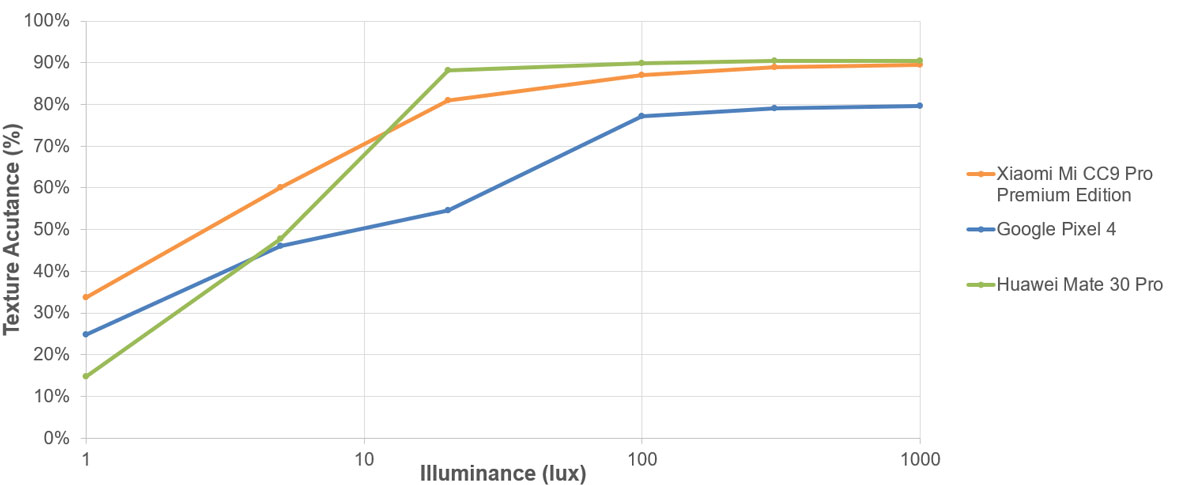
The phone also makes a good tradeoff between rendering detail and controlling noise. However, its video recordings do have some artifacts—in particular, judder is visible when panning, and frames are sometimes dropped. There can also be some color fringing. Stabilization is quite good and very efficient; however, there can be some variation in sharpness between frames when shooting indoors, and some small portions of the scene that don’t all move correctly relative to one another.
Conclusion
The Mi CC9 Pro Premium Edition’s multiple cameras help make it one of the very best phones we’ve tested for both still and video imaging. The dual tele-cameras are particularly unusual and provide photographers with additional telephoto reach compared to most other phones.
One quirk of the multi-camera system on the Mi CC9 Pro Premium Edition is that image resolution varies significantly depending on zoom level. In our testing we found that images shot at a standard focal length using the main camera are 27MP (6016 x 4512); those shot with the 2x telephoto are 12.19MP (4032 x 3024); those shot with the 4x telephoto are 7.99MP (3264 x 2448); and those shot with the ultra-wide are 20.11MP (5184 x 3880). The Mi CC9 Pro isn’t the only Android phone to shoot multiple resolutions depending on the camera used, but with four cameras, all with different resolutions, it is more noticeable. For most users that needn’t be a problem, but is worth keeping in mind if you expect to process in the same way all the photos you take with the phone.
By showcasing its 108MP main camera, the Mi CC9 Pro Premium Edition demonstrates that there is definitely a place for ultra-high-resolution sensors in phones. That increased resolution currently comes at the cost of some image artifacts, however, so we can expect to see Xiaomi further enhance image quality by minimizing them in future models.
Photo
Pros
- Strong zoom performance, thanks to two telephoto cameras
- Good texture-versus-noise tradeoff
- Fast, accurate, and consistent autofocus performance
- Generally good bokeh and depth estimation
- Wide-angle shots have low distortion and good detail preservation
- Night shots feature natural skin tones due to the soft flash
Pros
- Good detail in most conditions, with well-controlled noise
- Good exposure and exposure adaptation to changing light levels
- Generally pleasing colors
- Good autofocus performance, including tracking moving subjects
Video
Cons
- Loss of sharpness towards the edges of images
- Some purple casts in skies
- Limited dynamic range compared to other top performers
Cons
- Judder is visible when panning
- Some frame drops
- Color fringing is sometimes visible
- Limited dynamic range






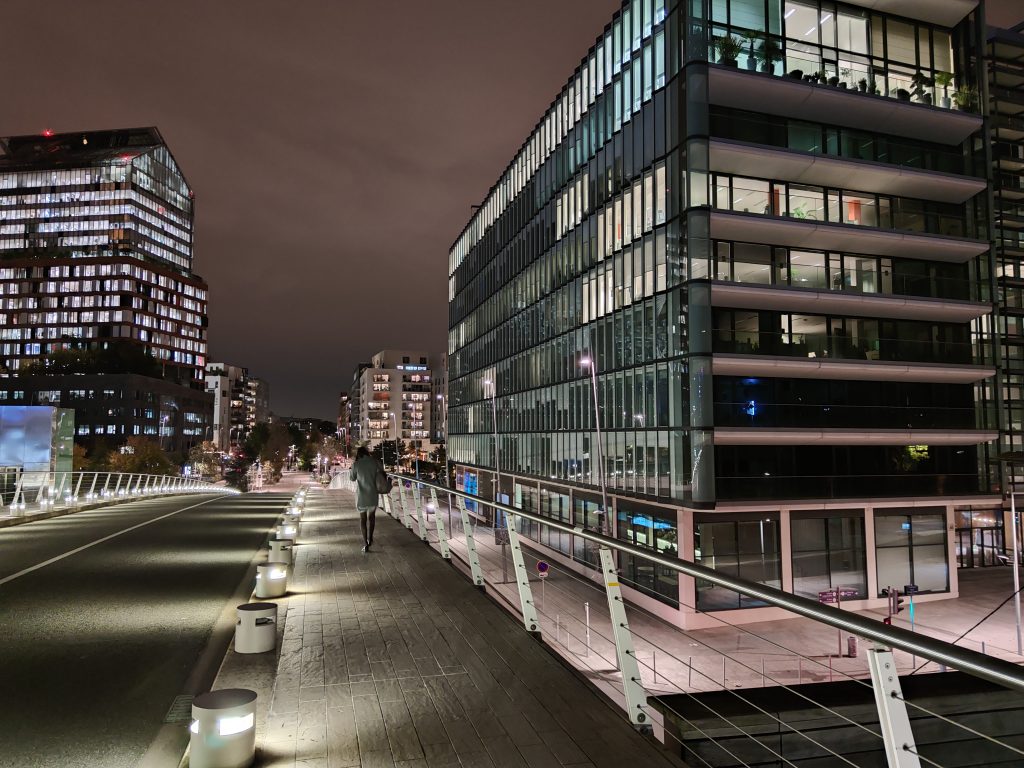
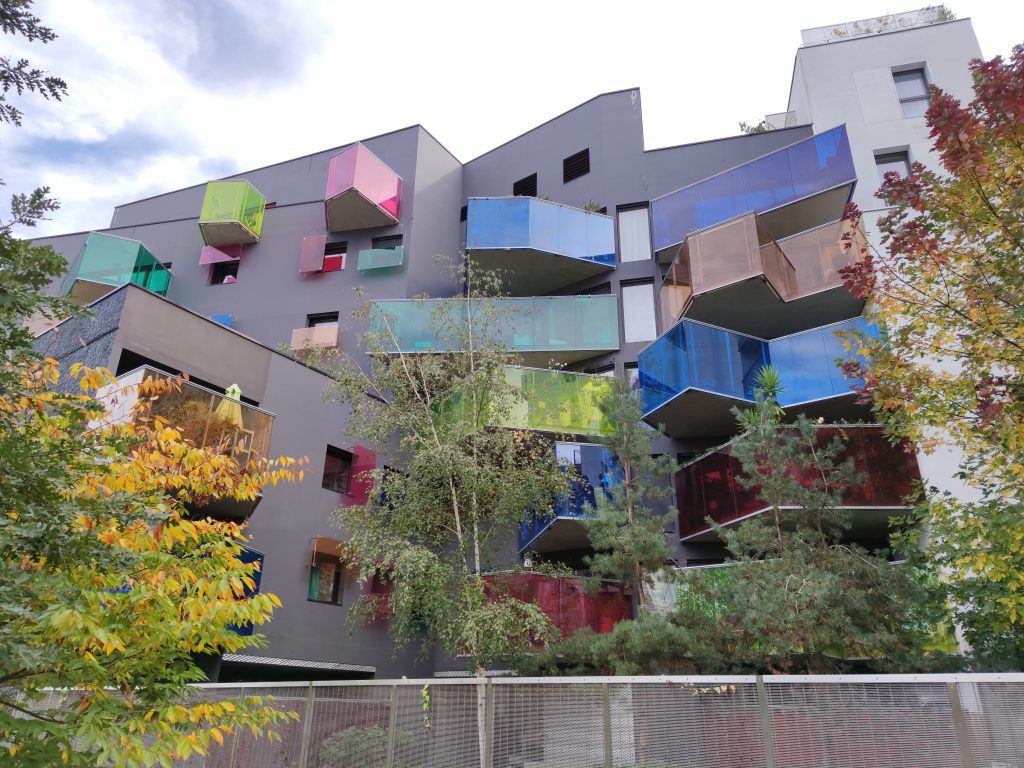
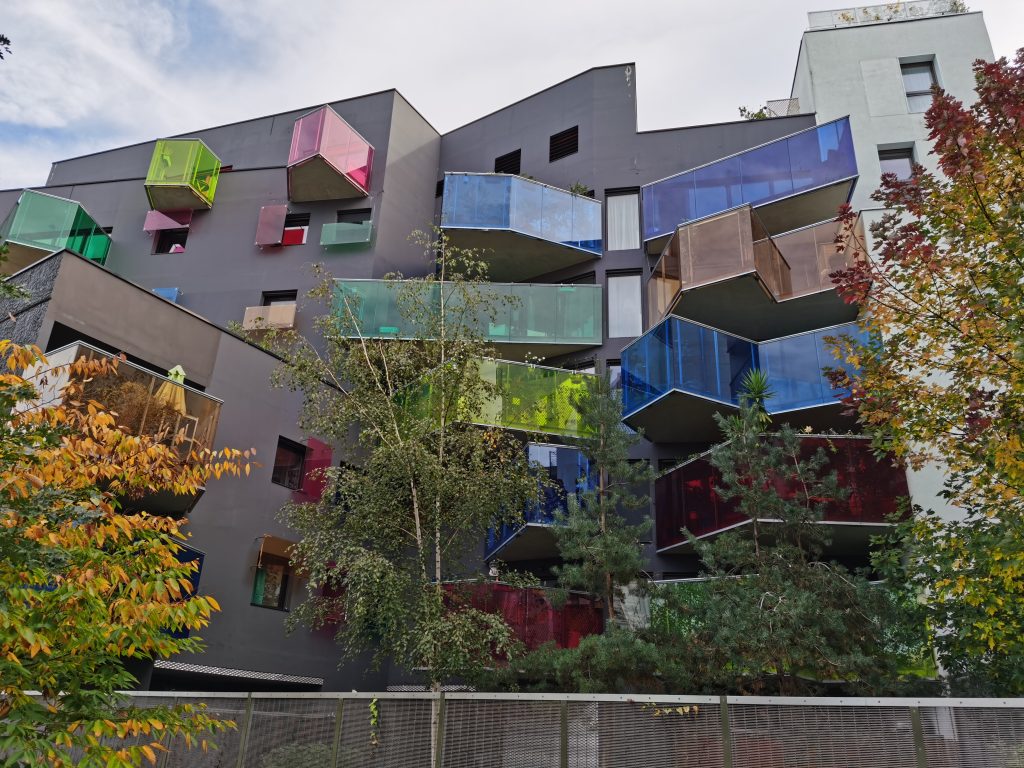
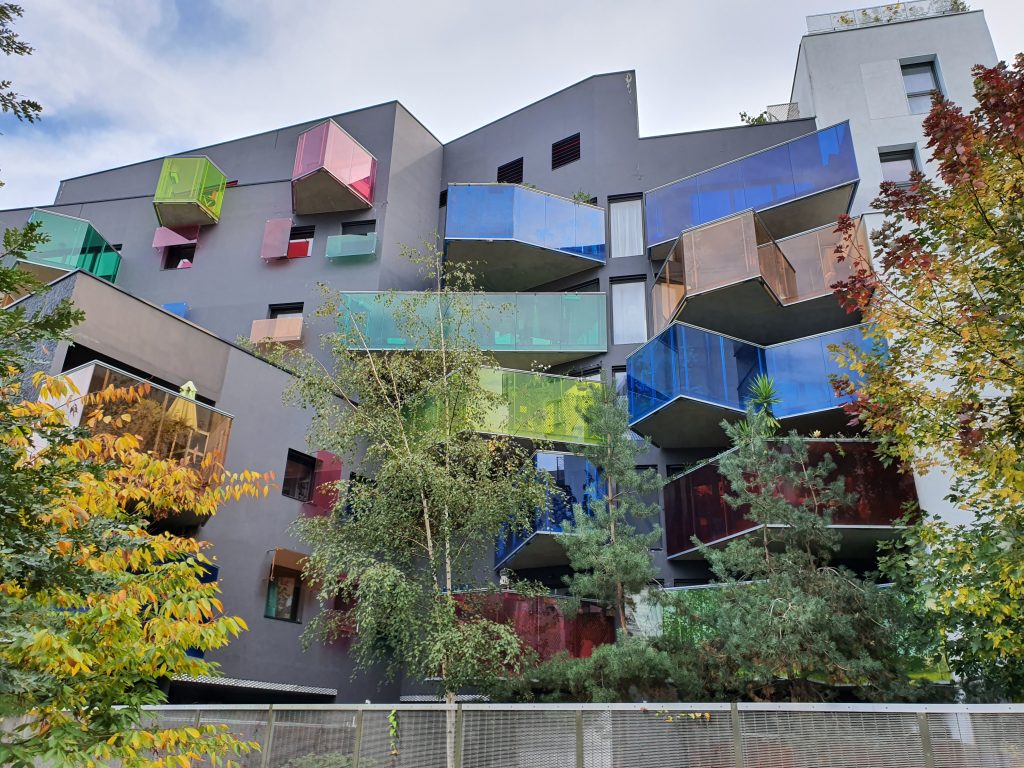
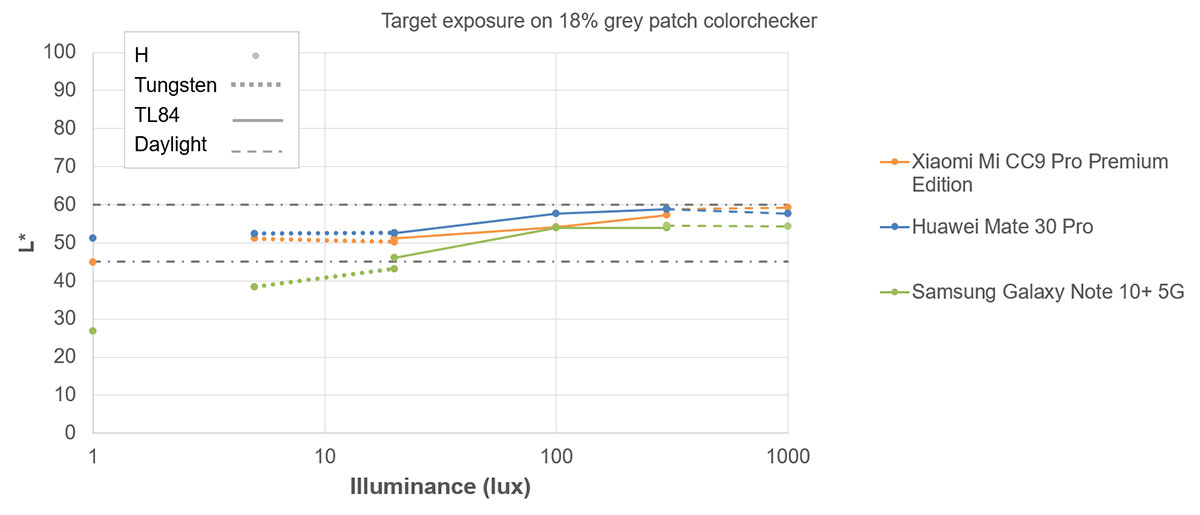


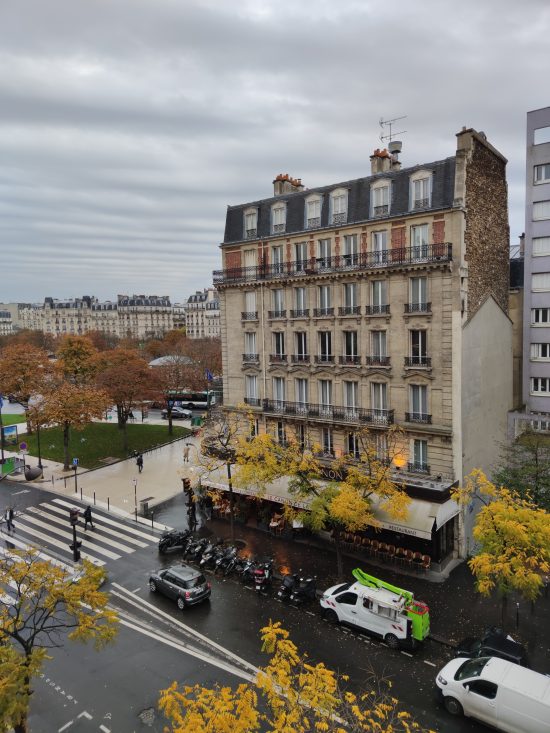
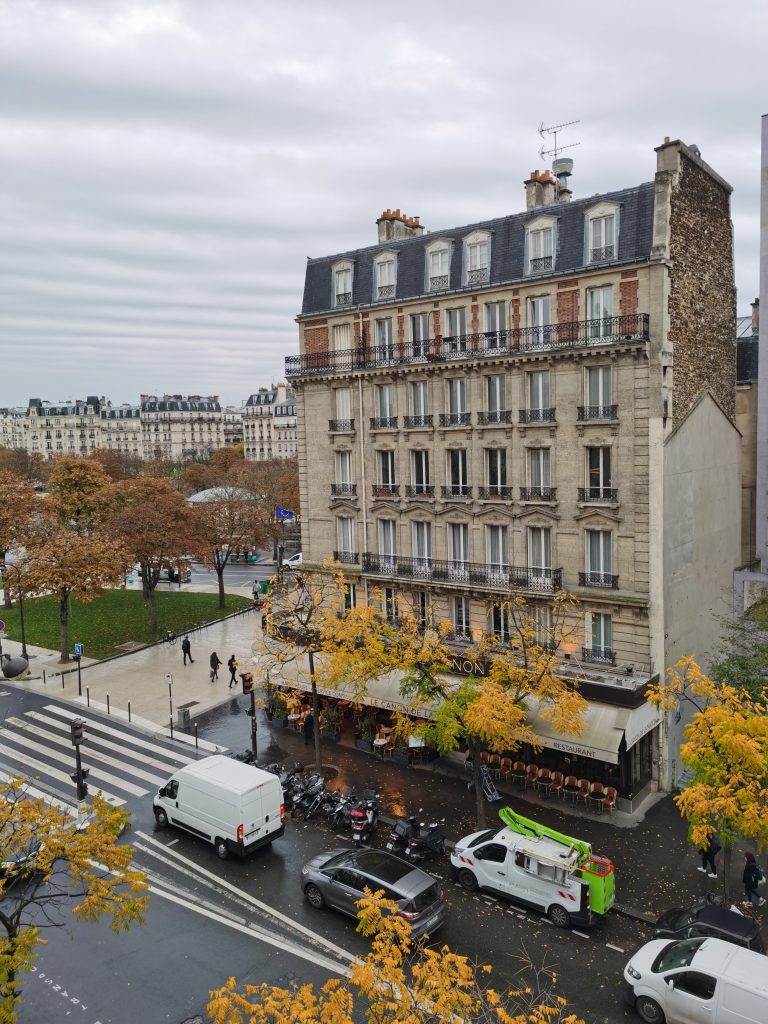
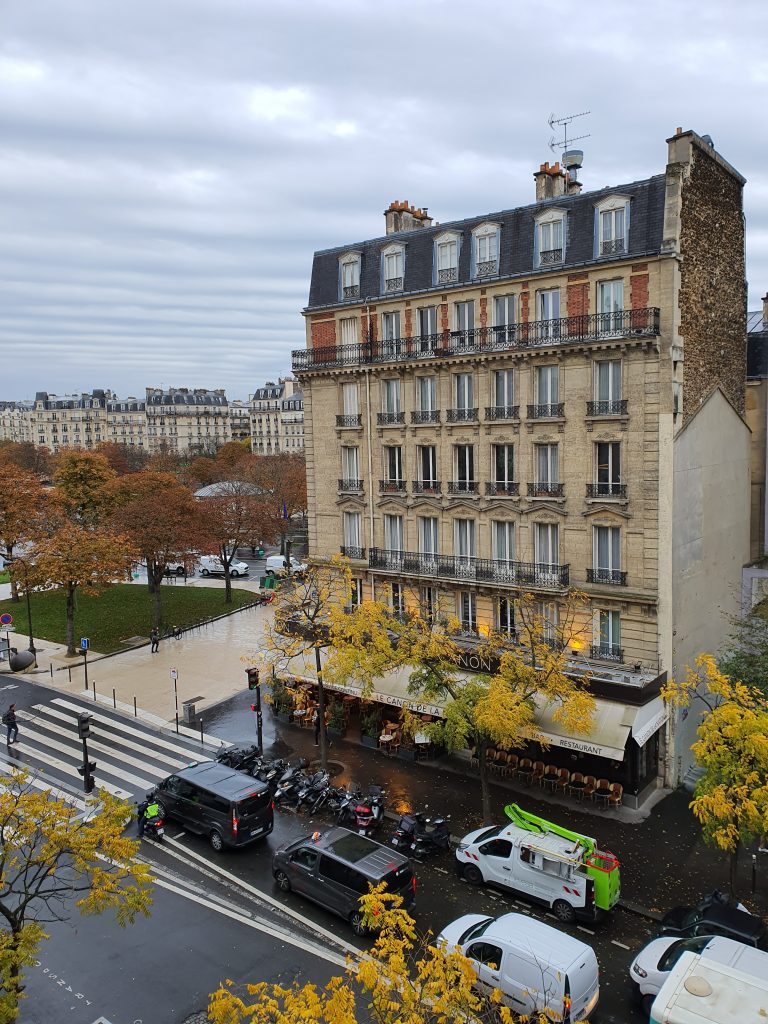
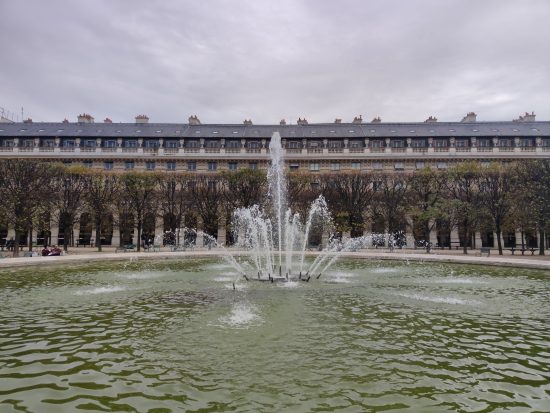
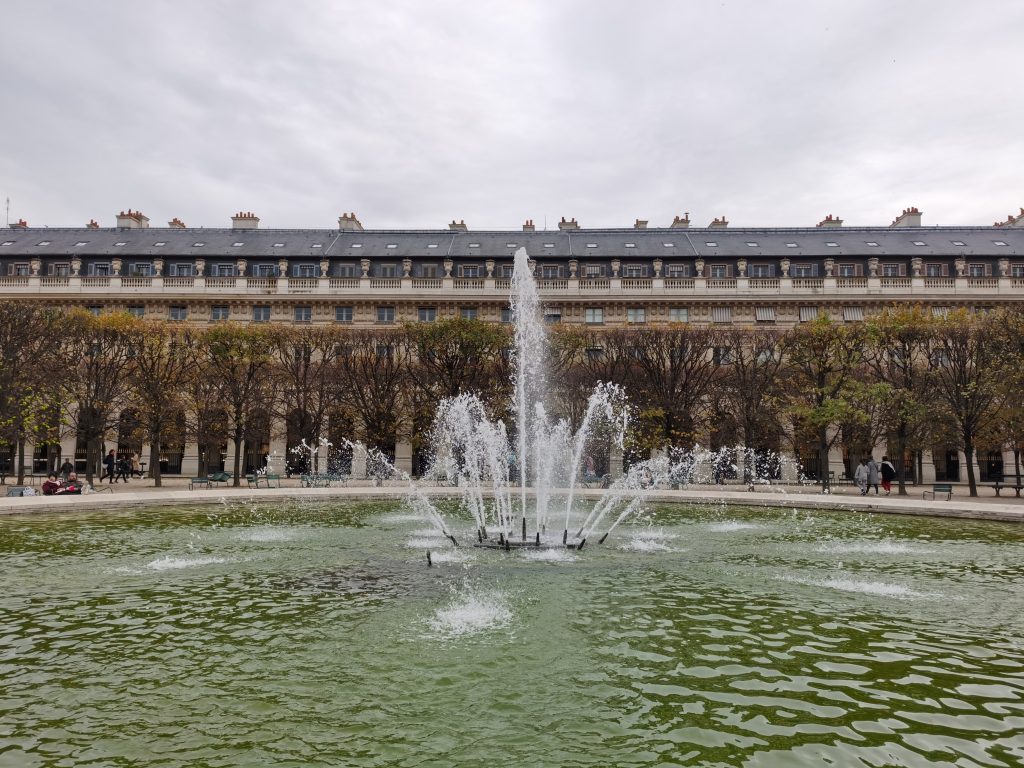
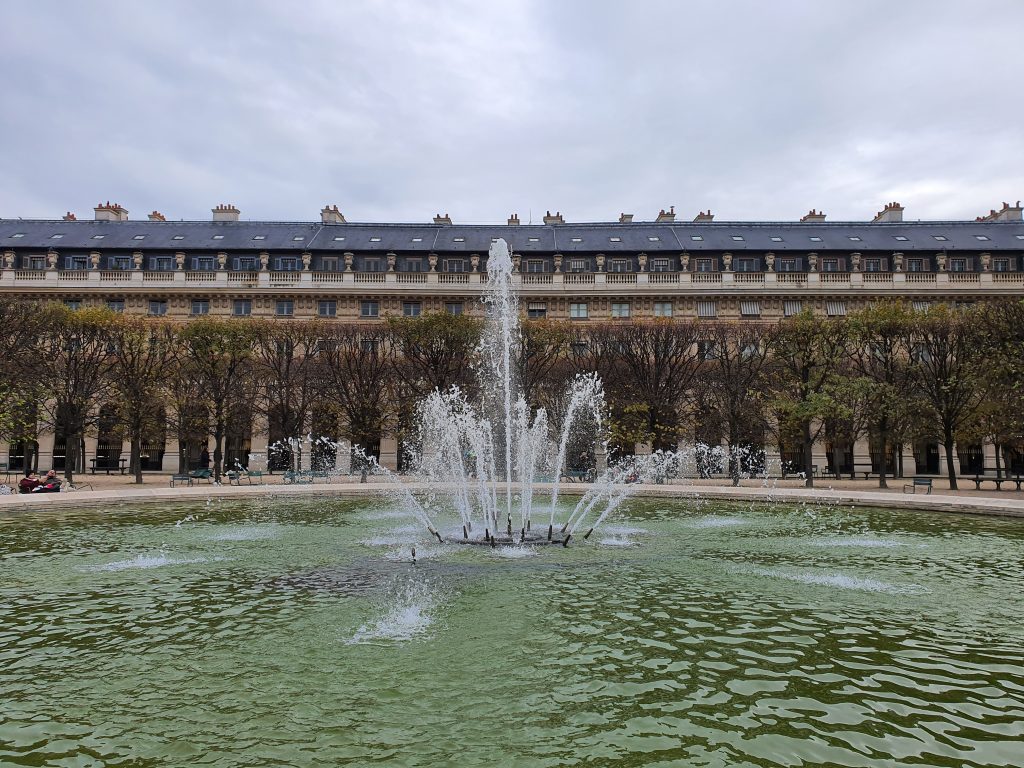






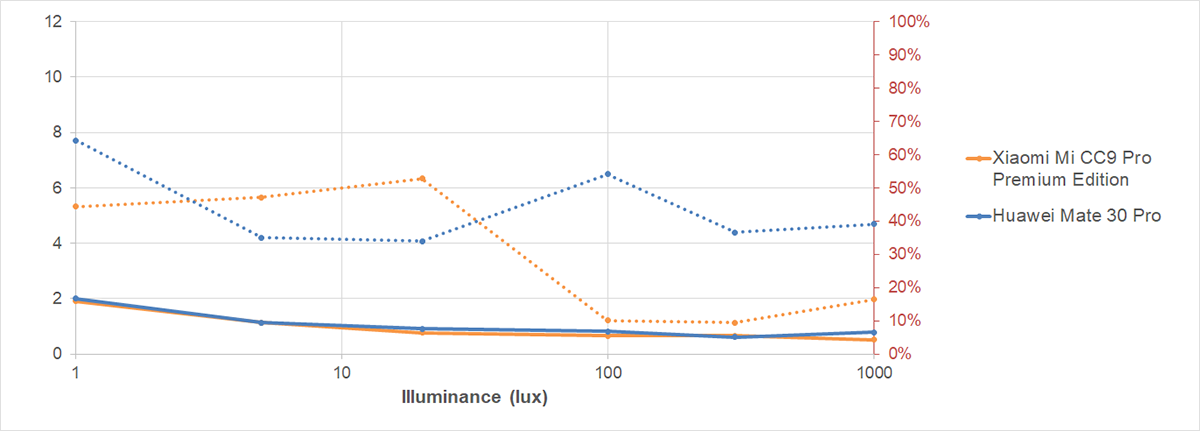




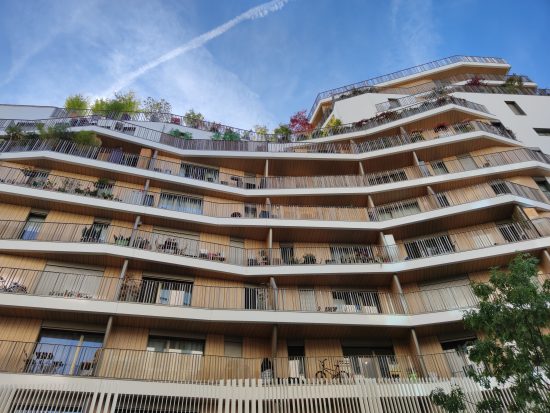



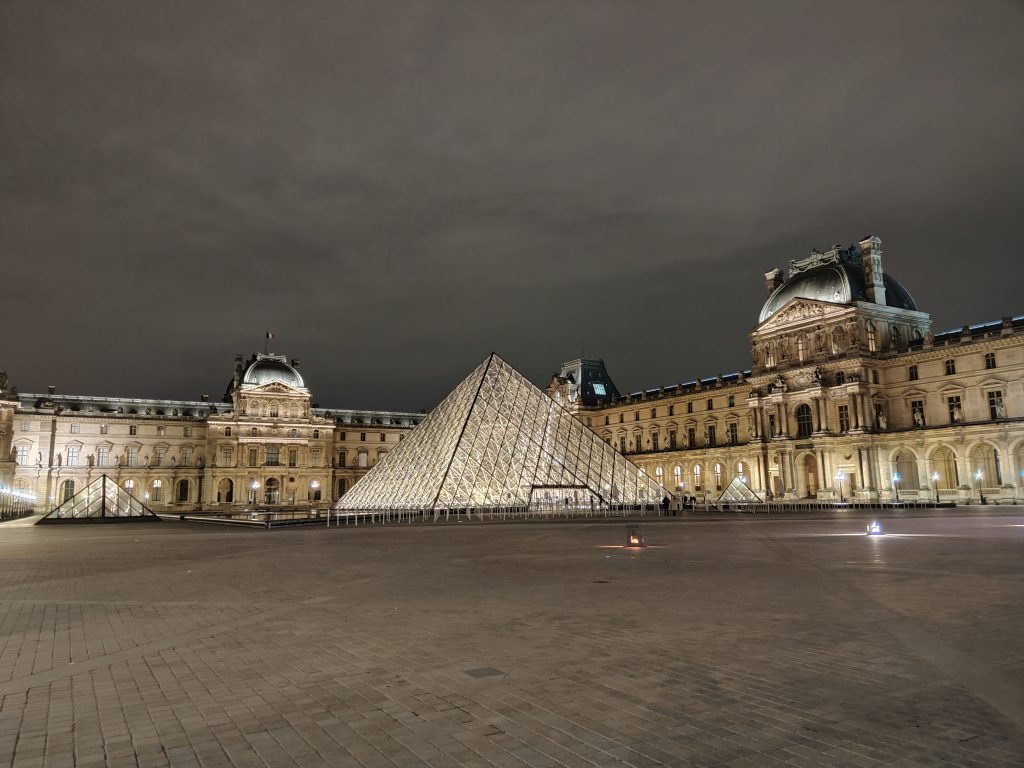

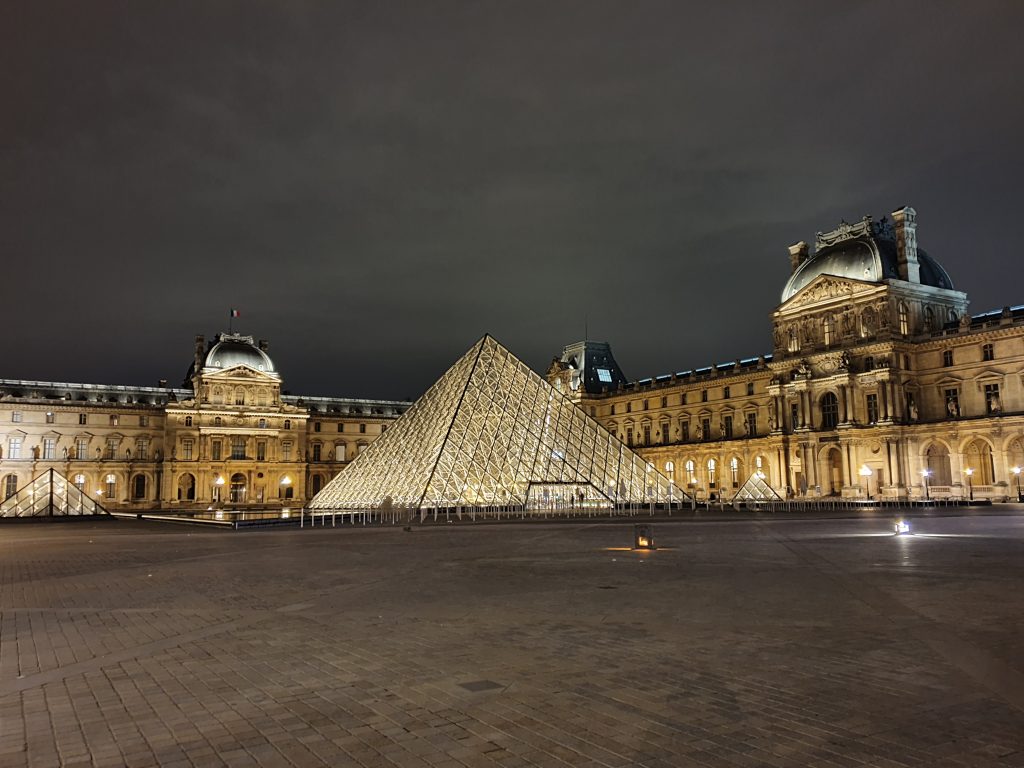


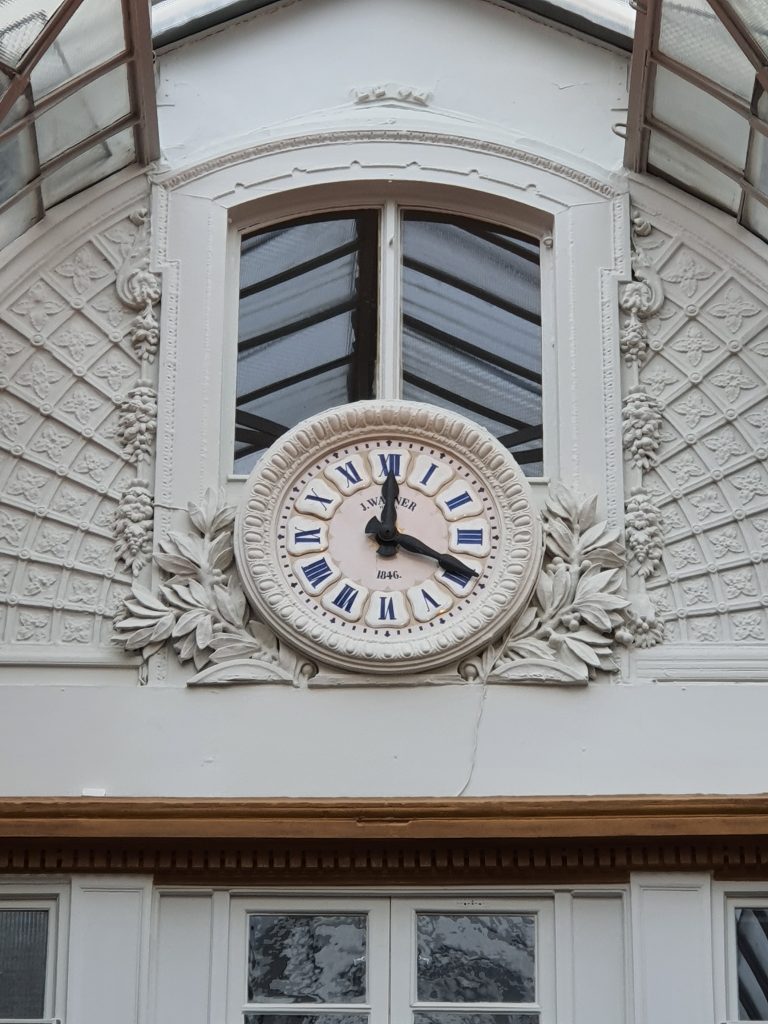






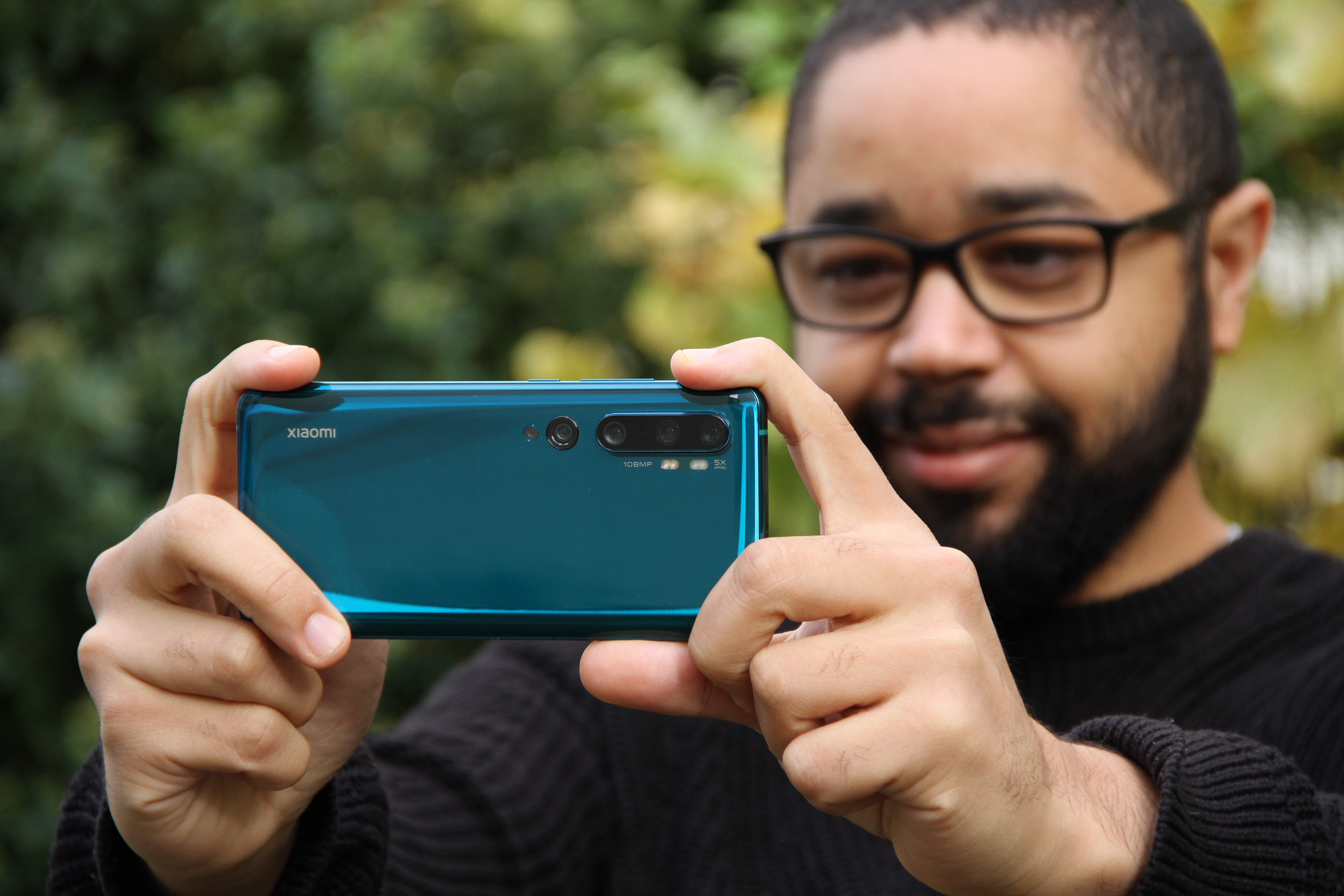


DXOMARK encourages its readers to share comments on the articles. To read or post comments, Disqus cookies are required. Change your Cookies Preferences and read more about our Comment Policy.